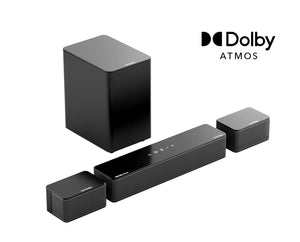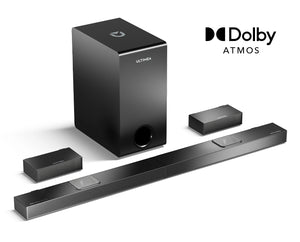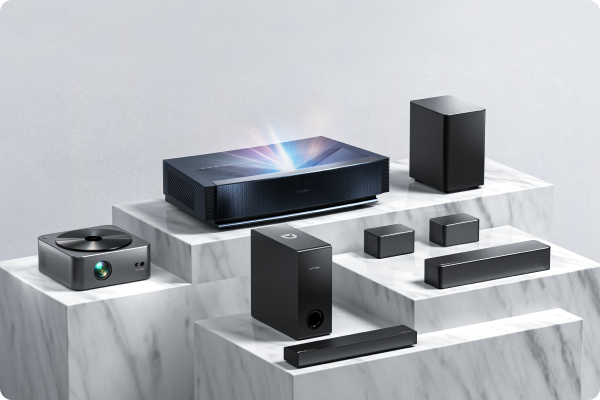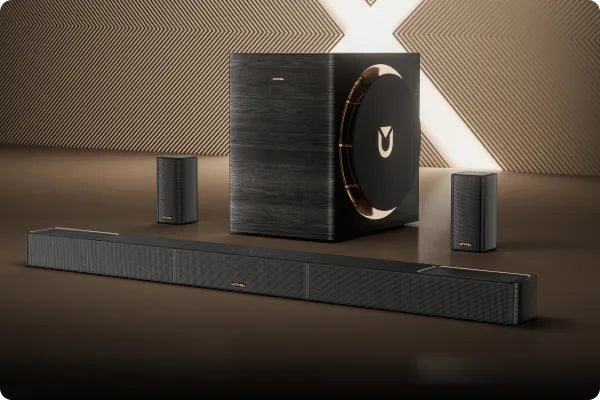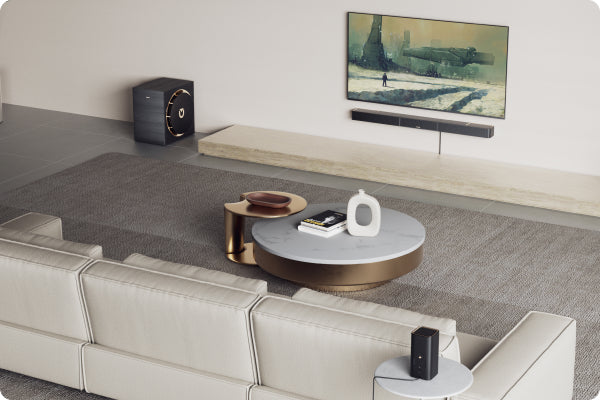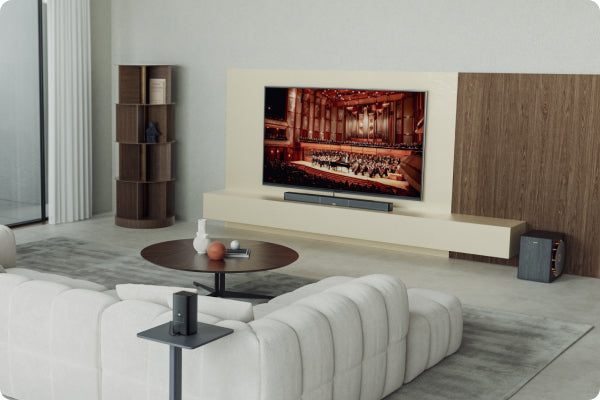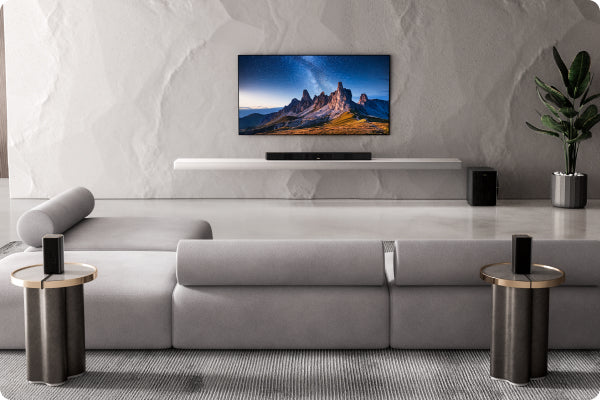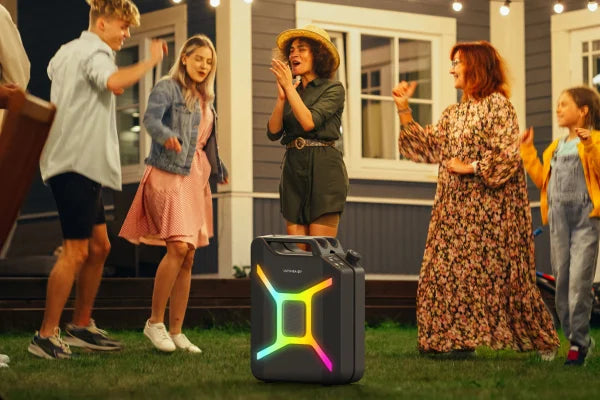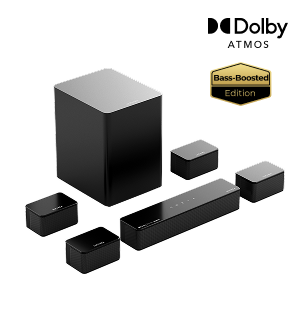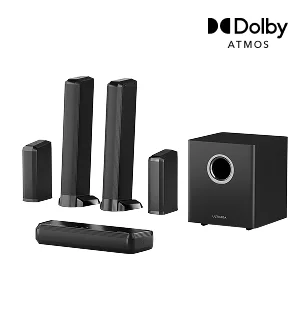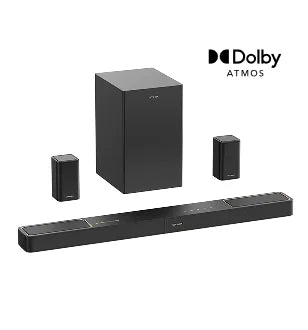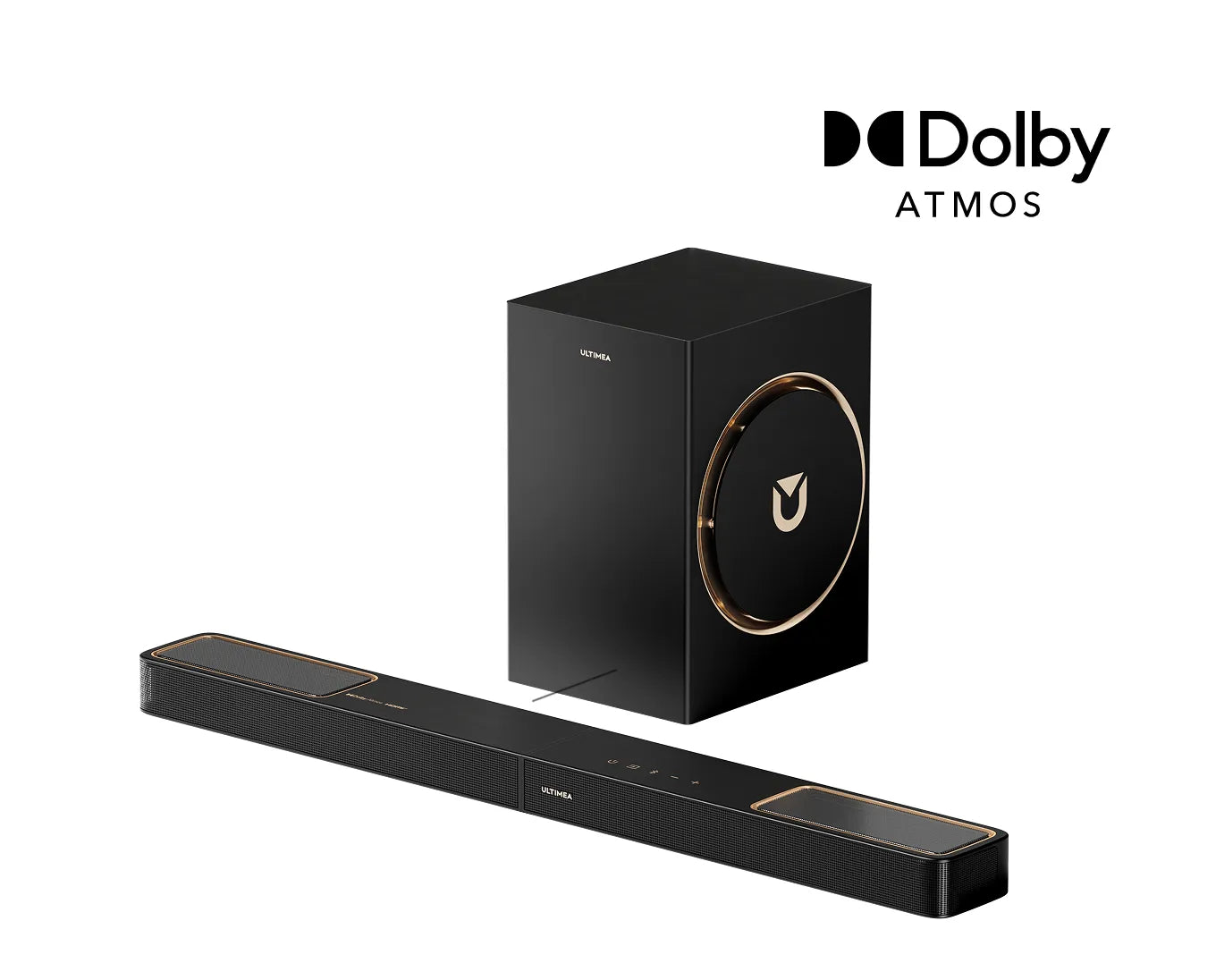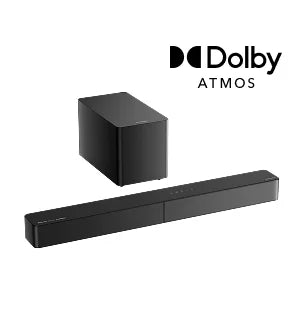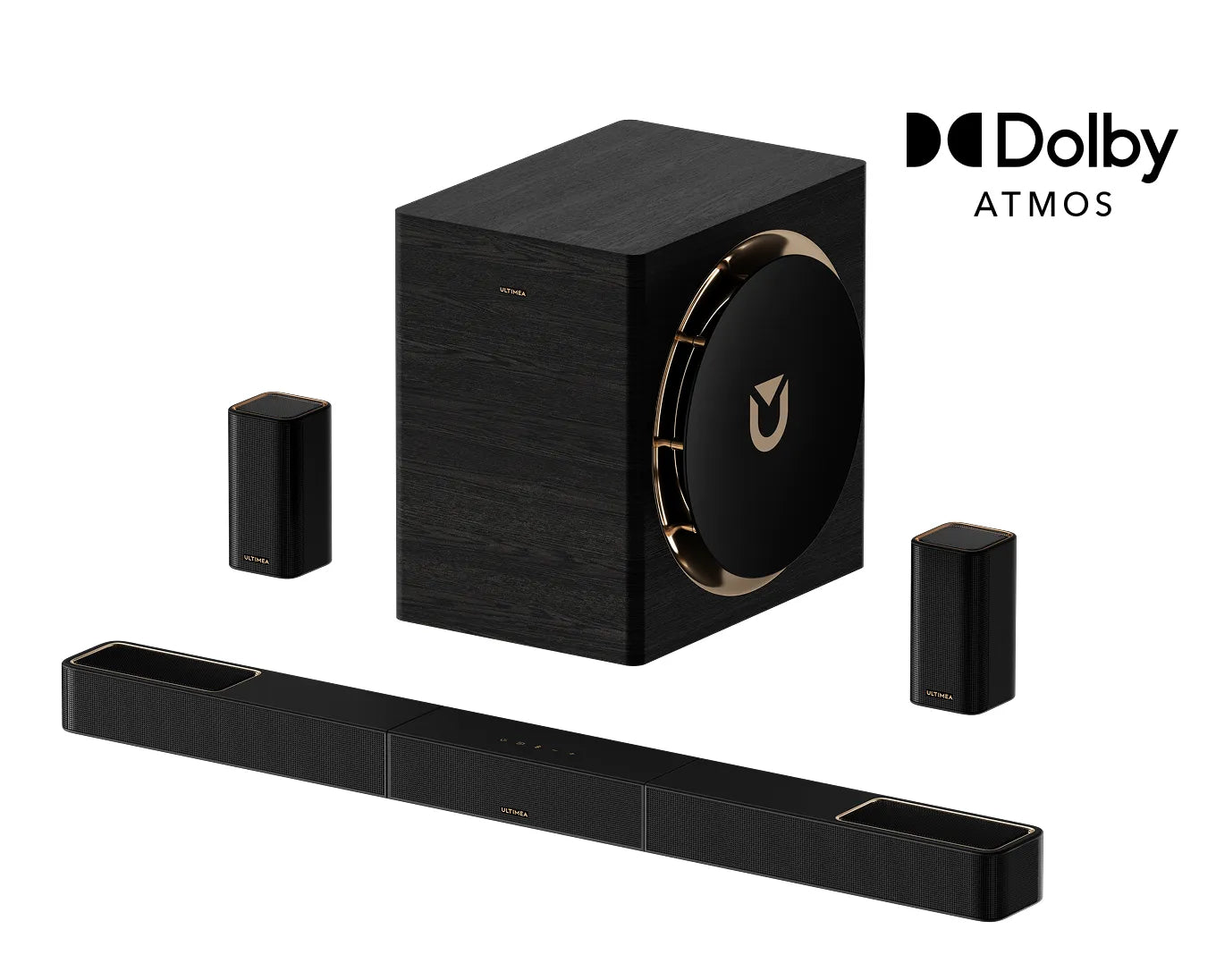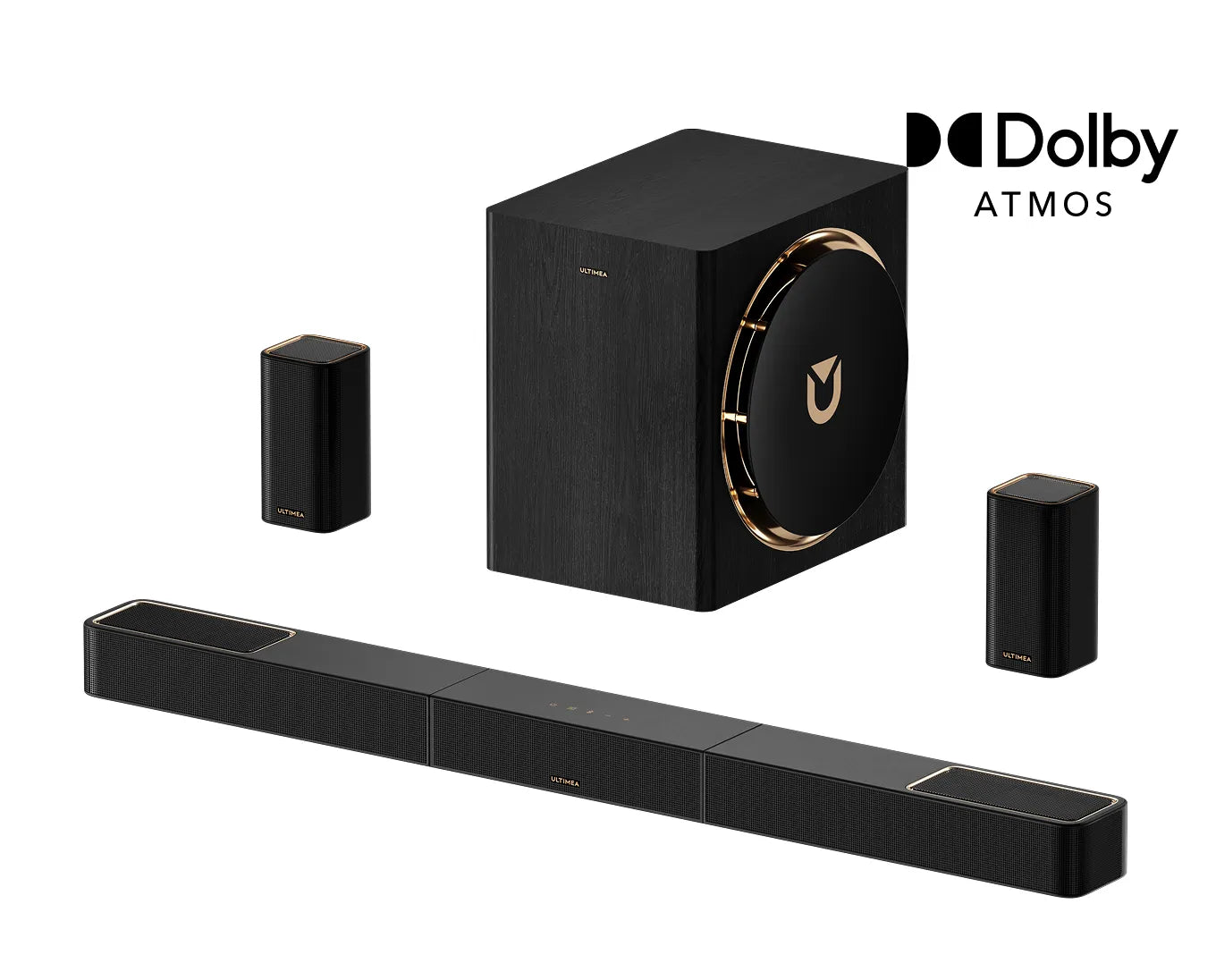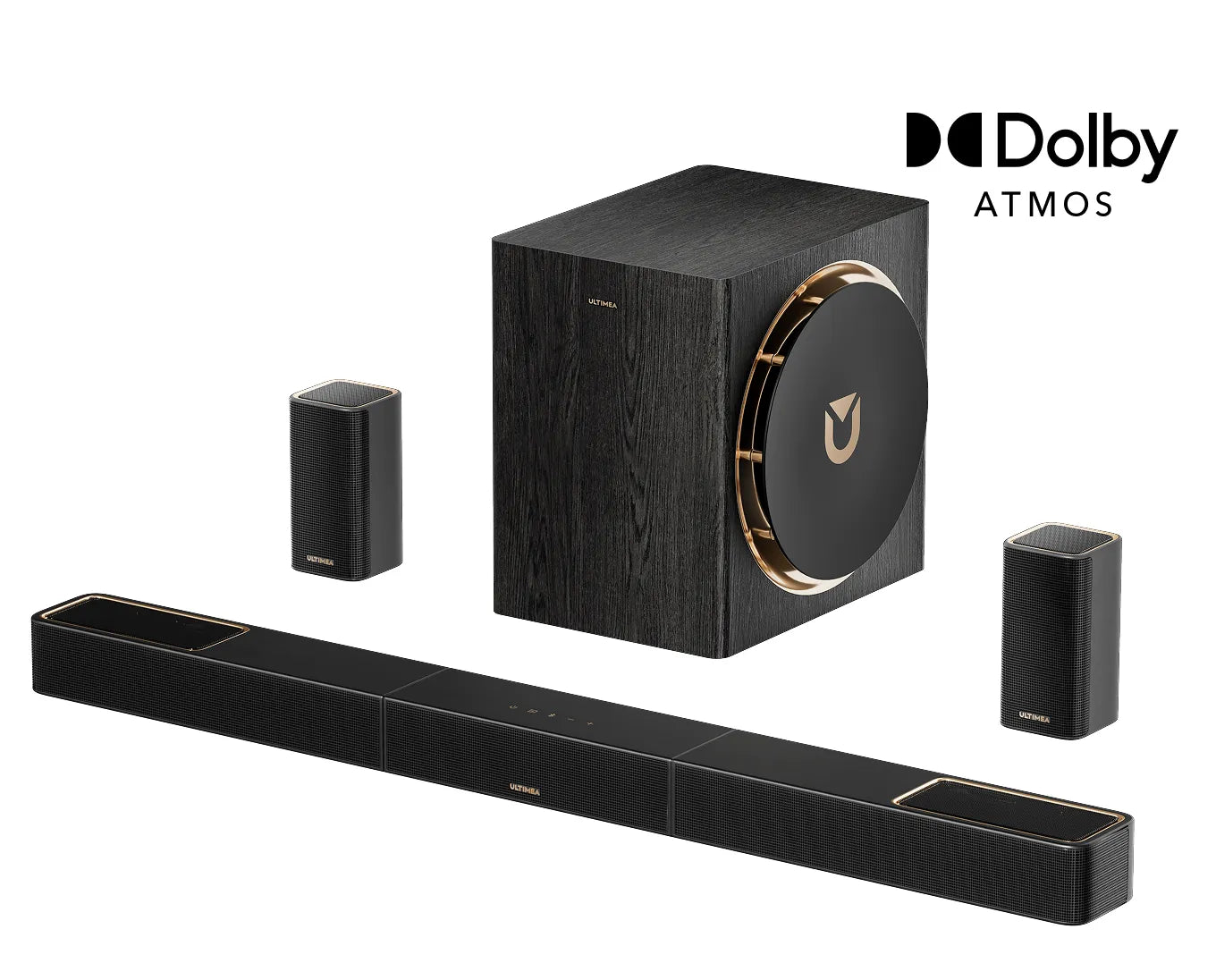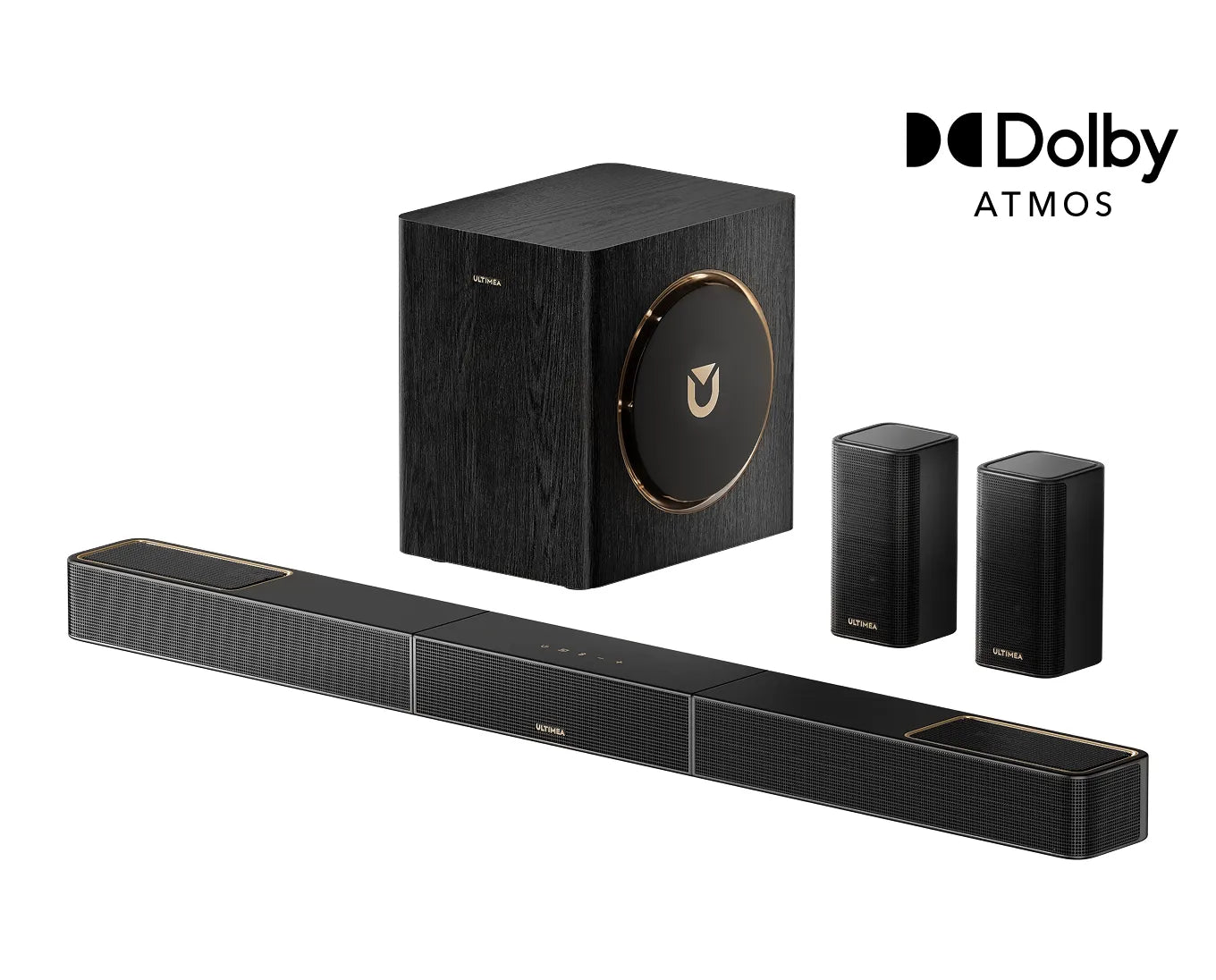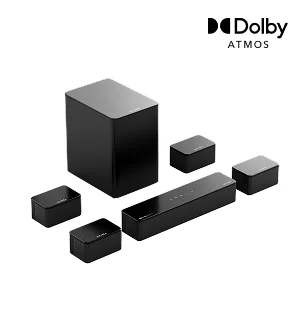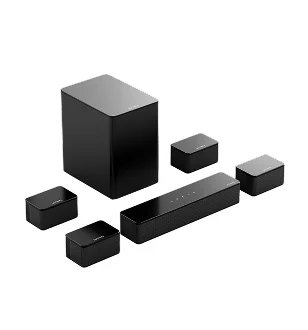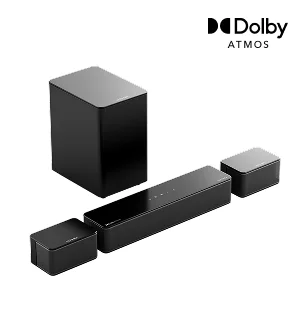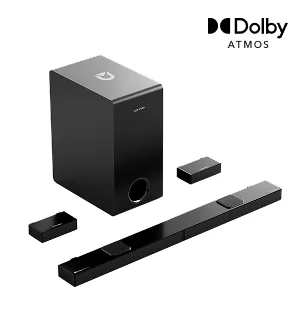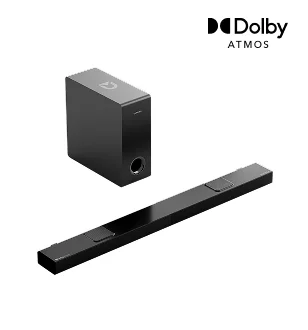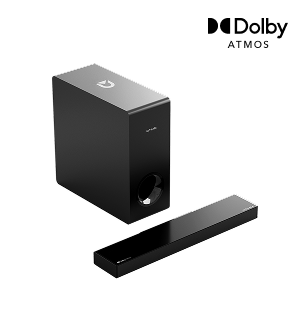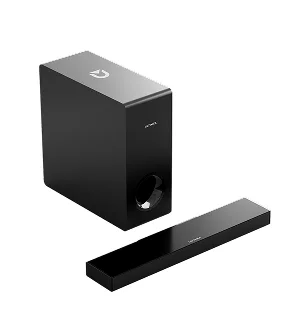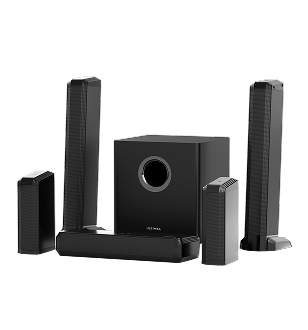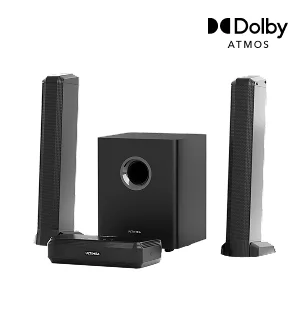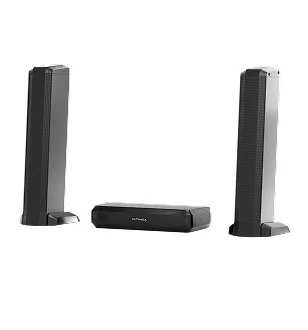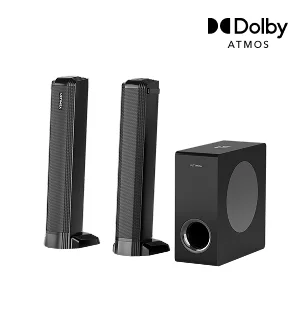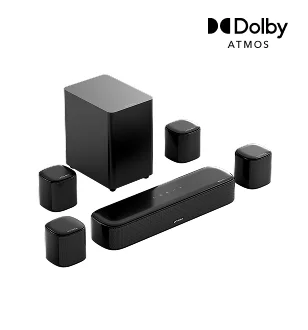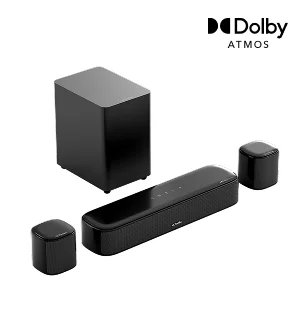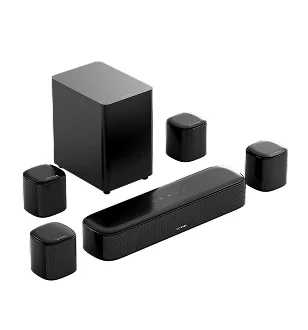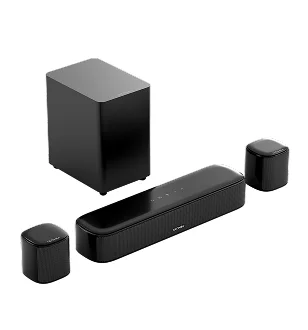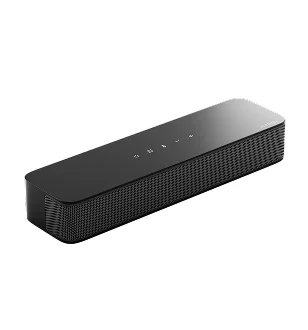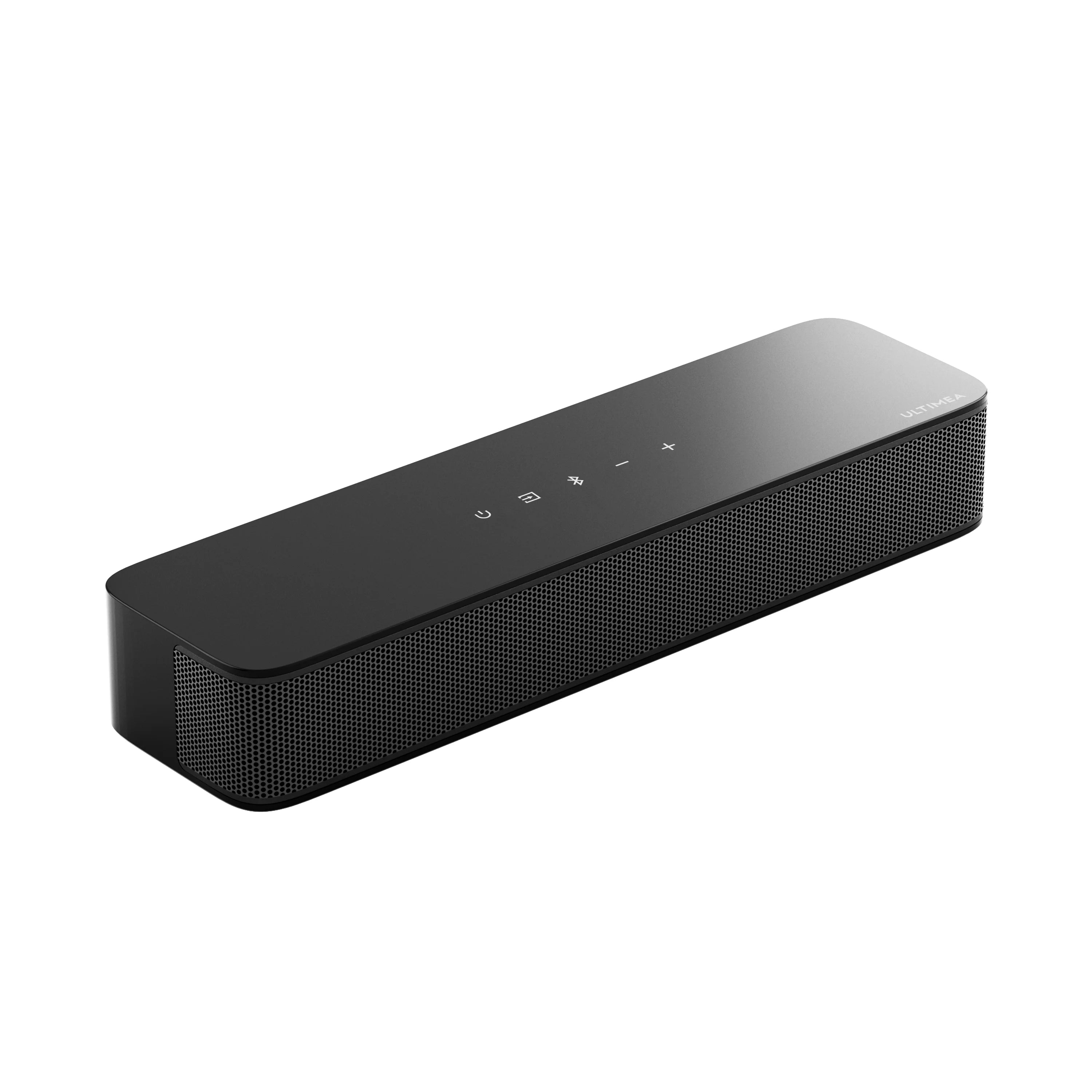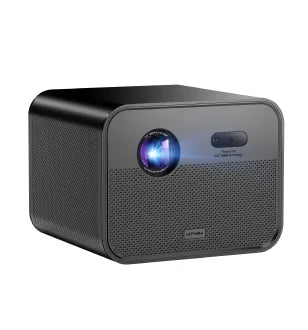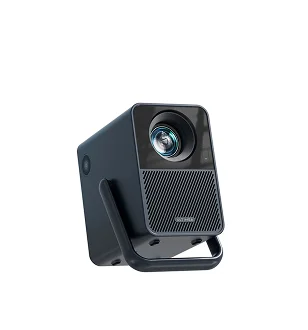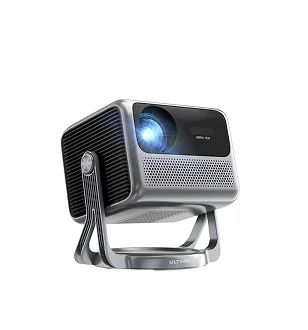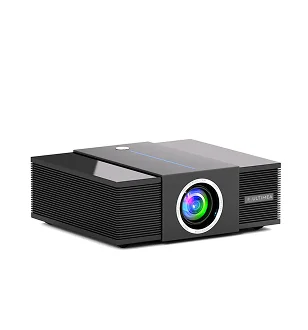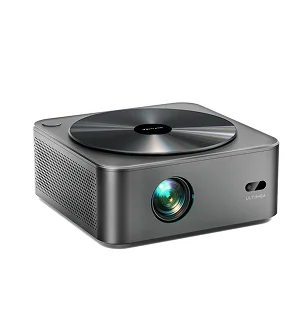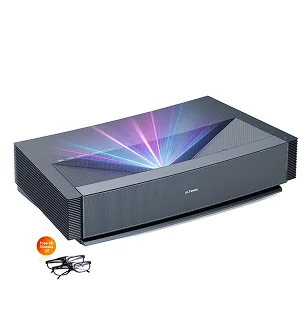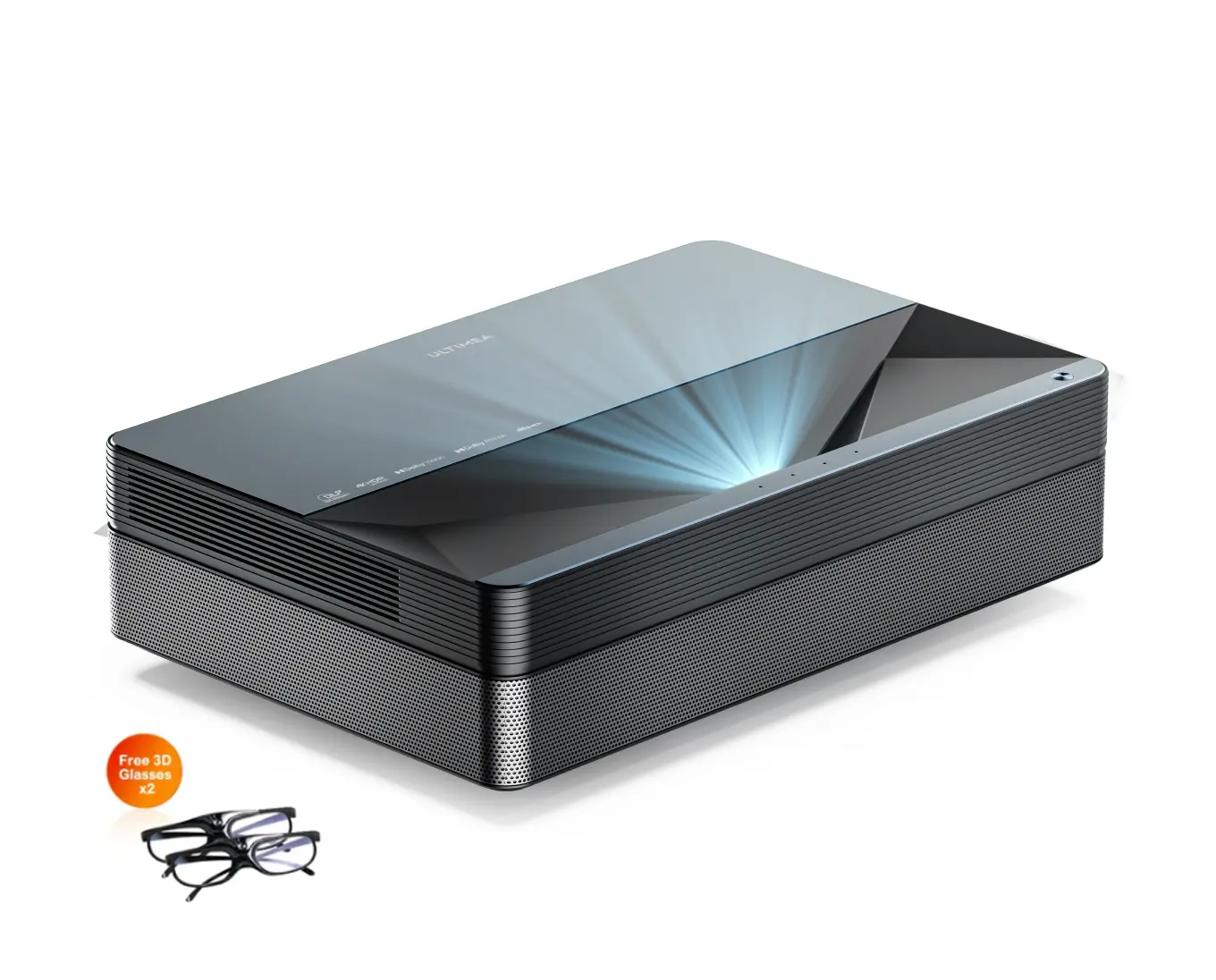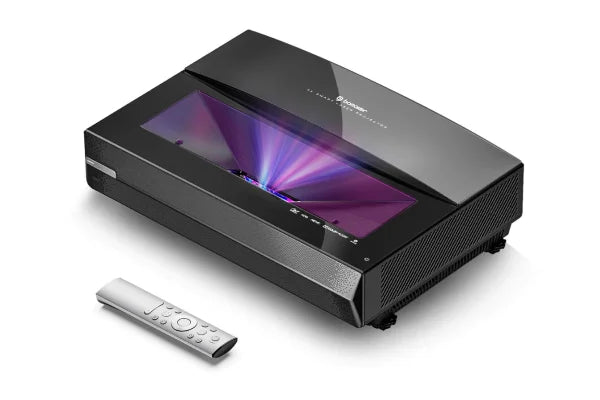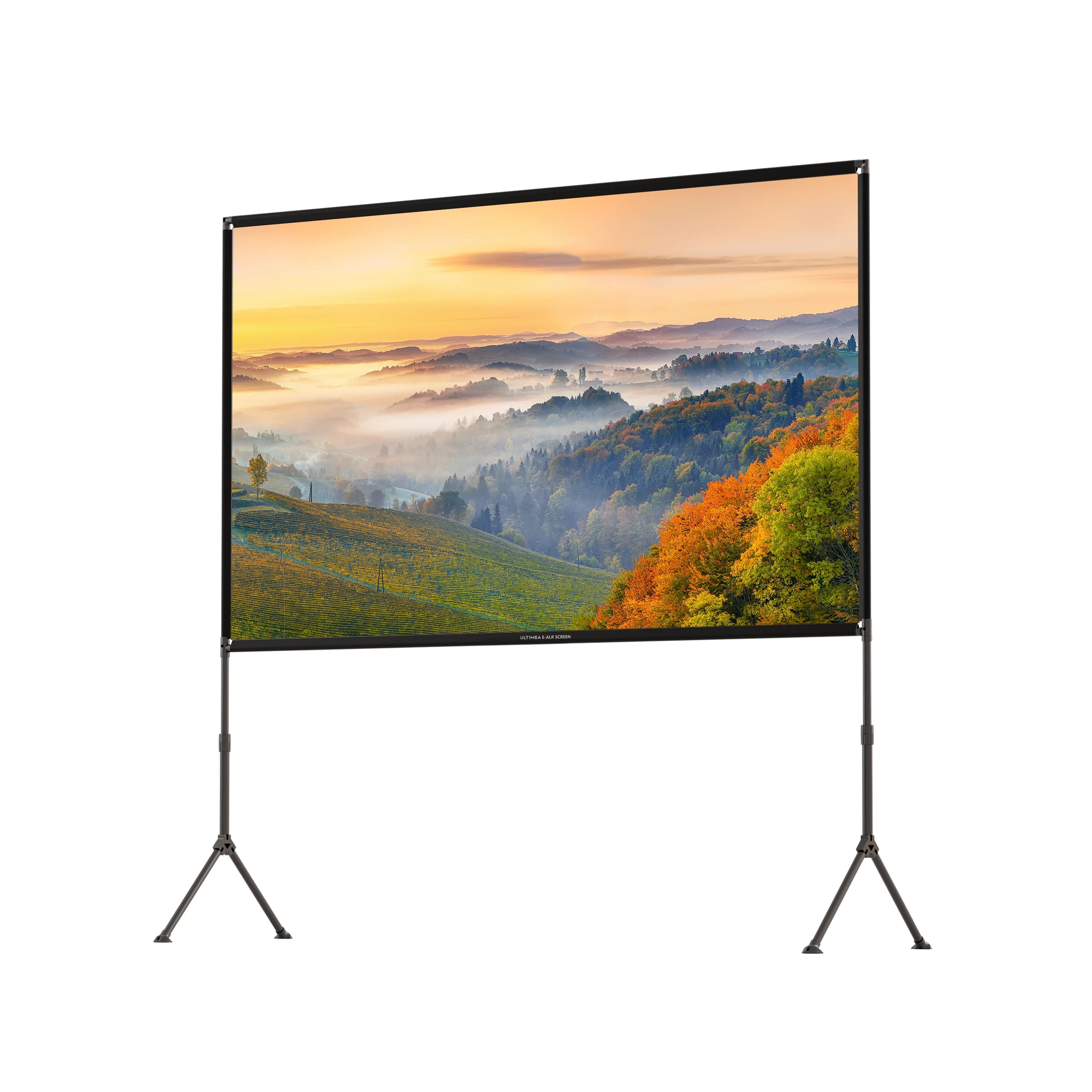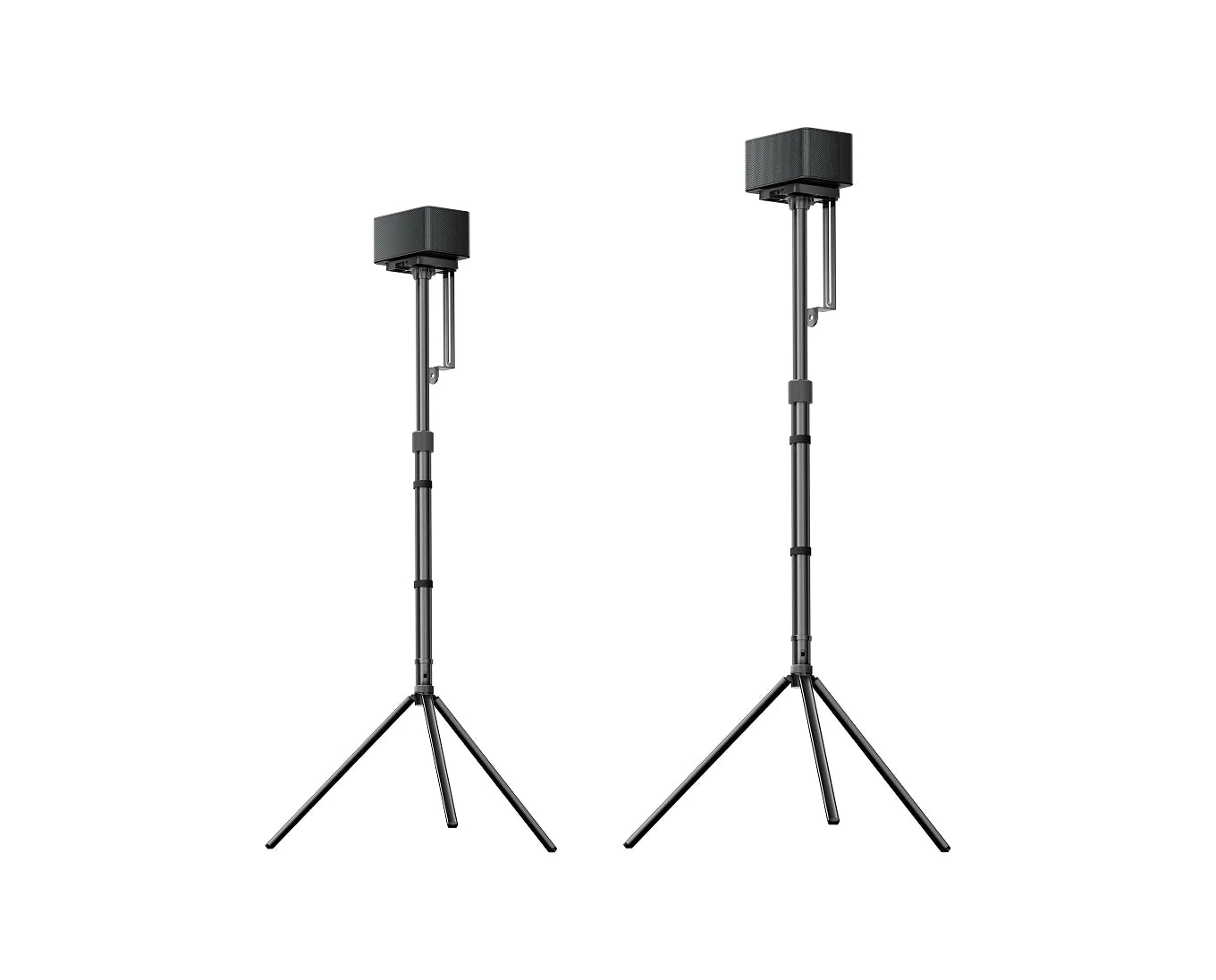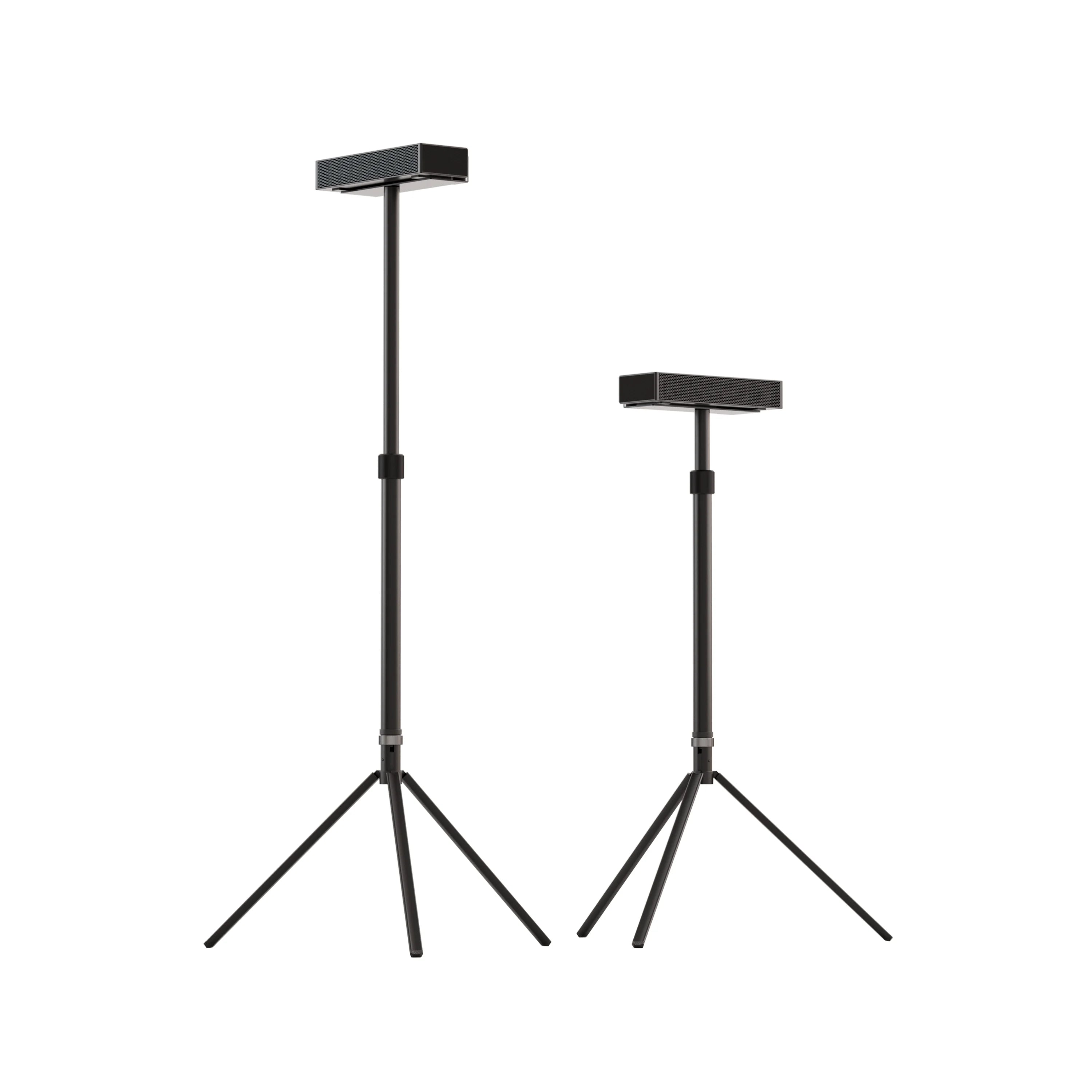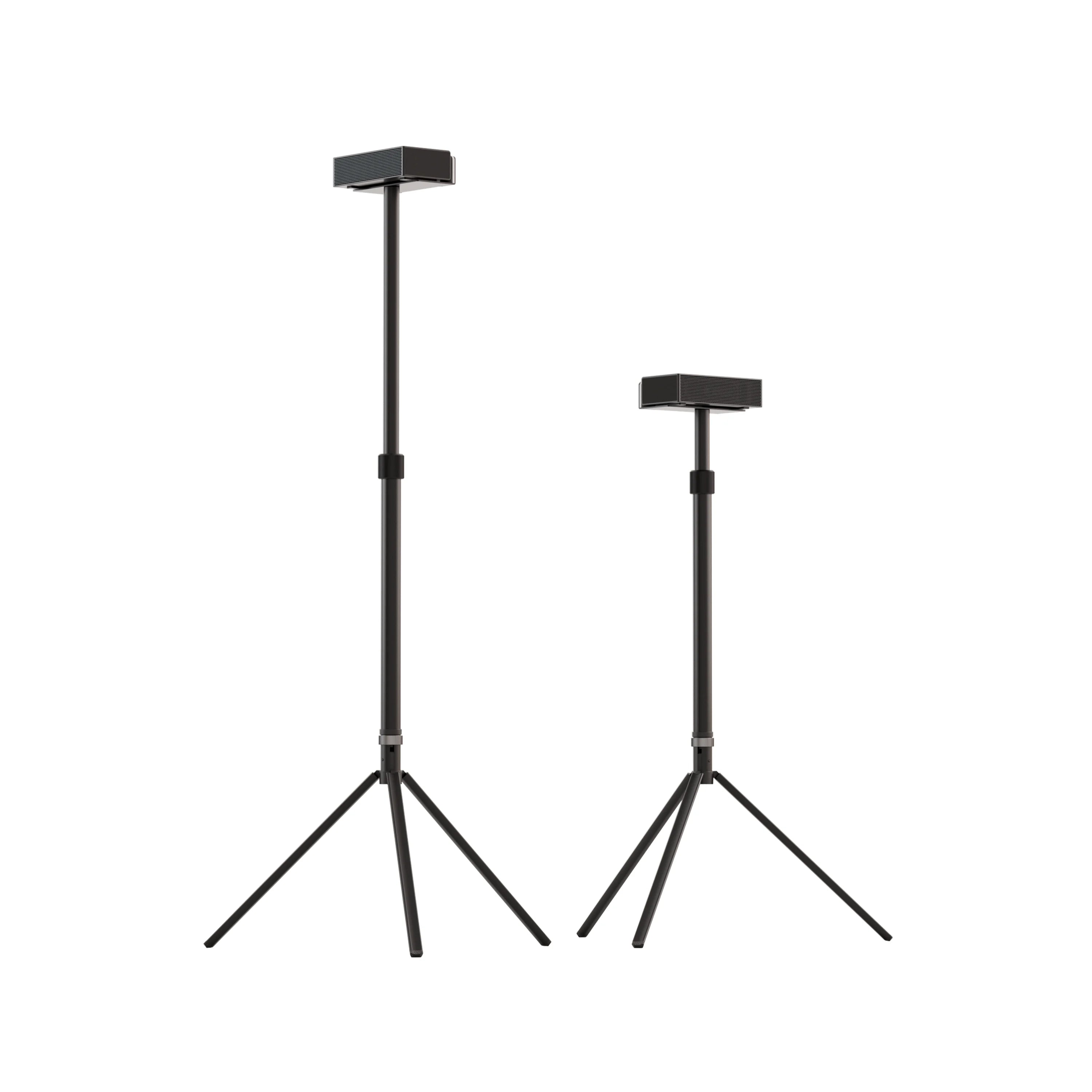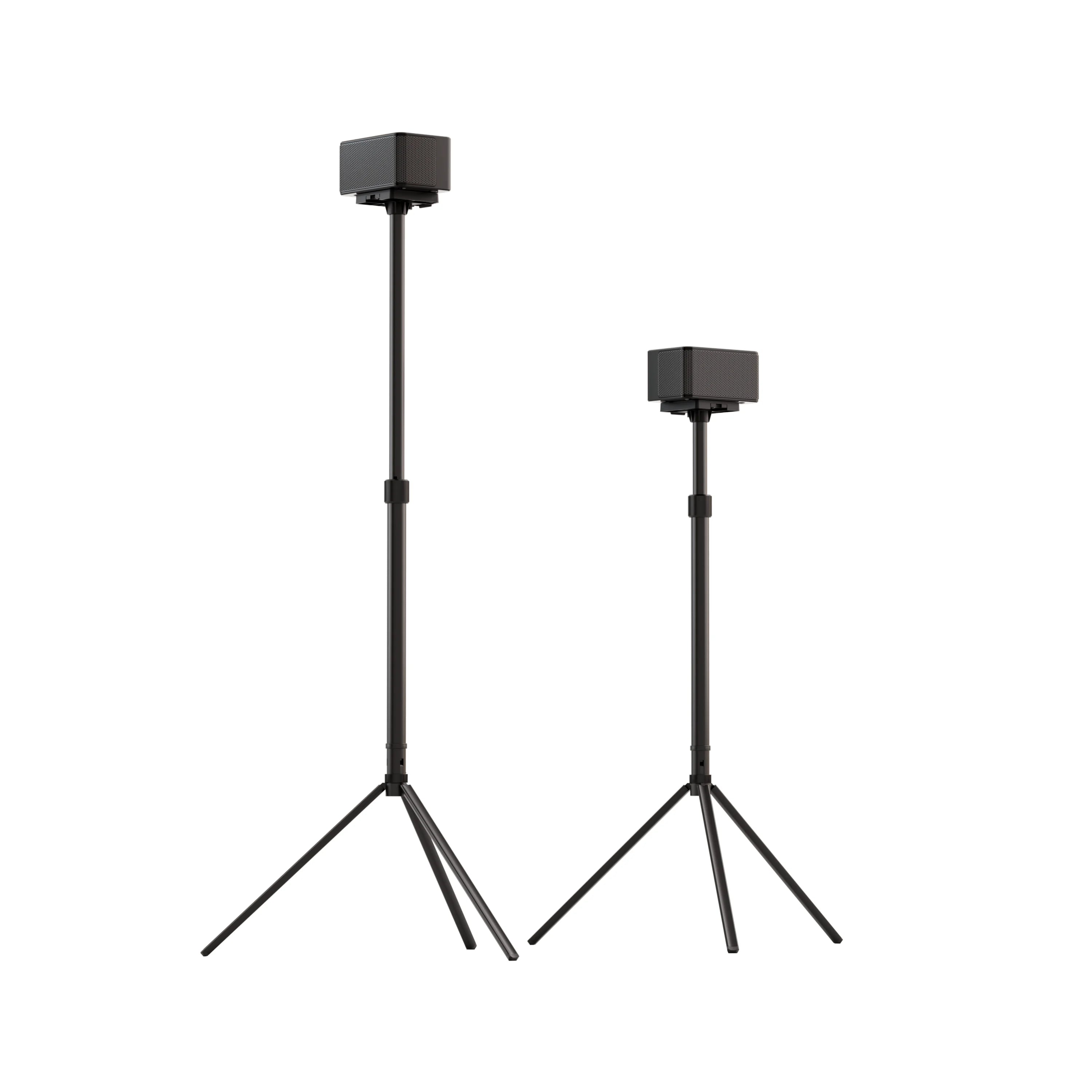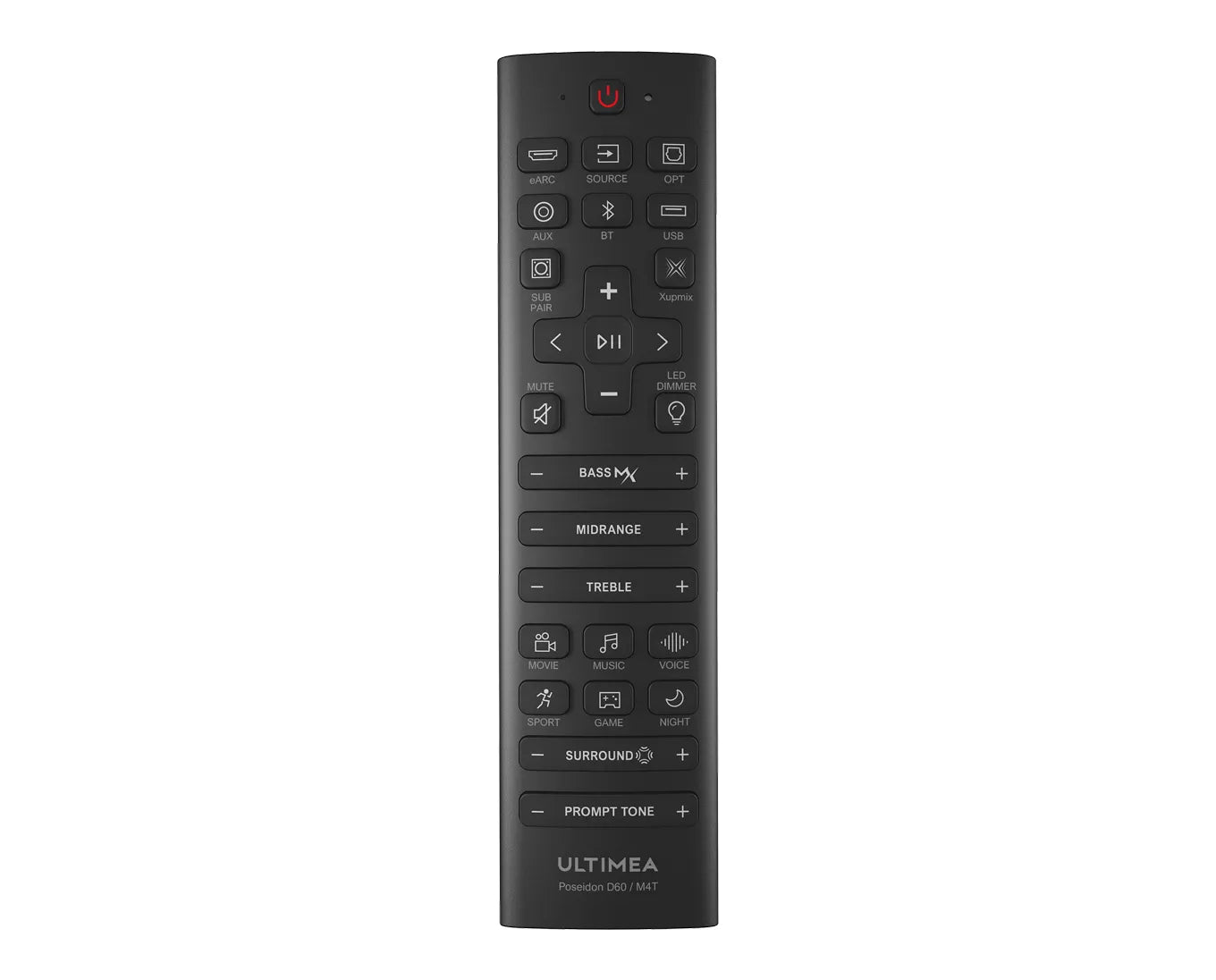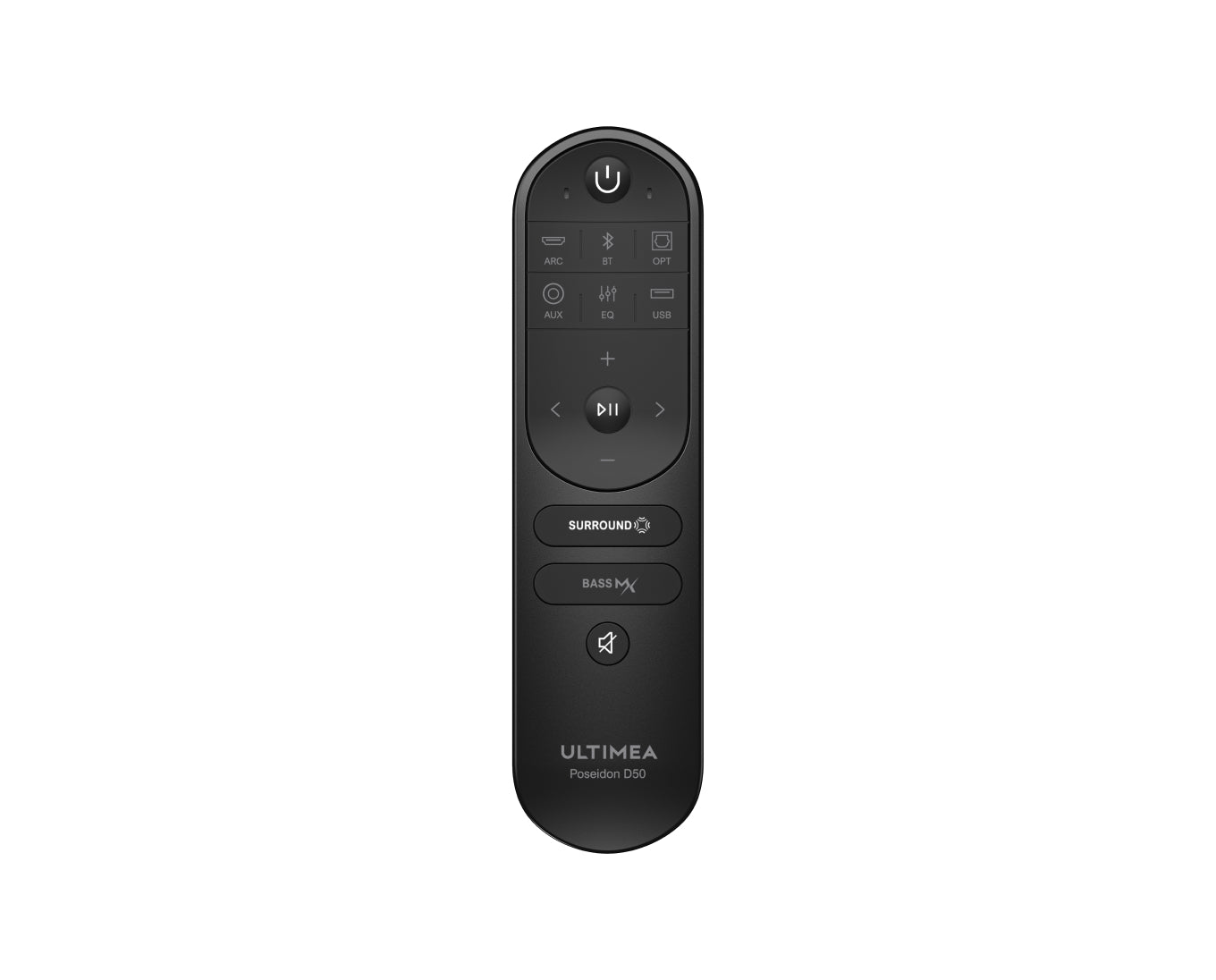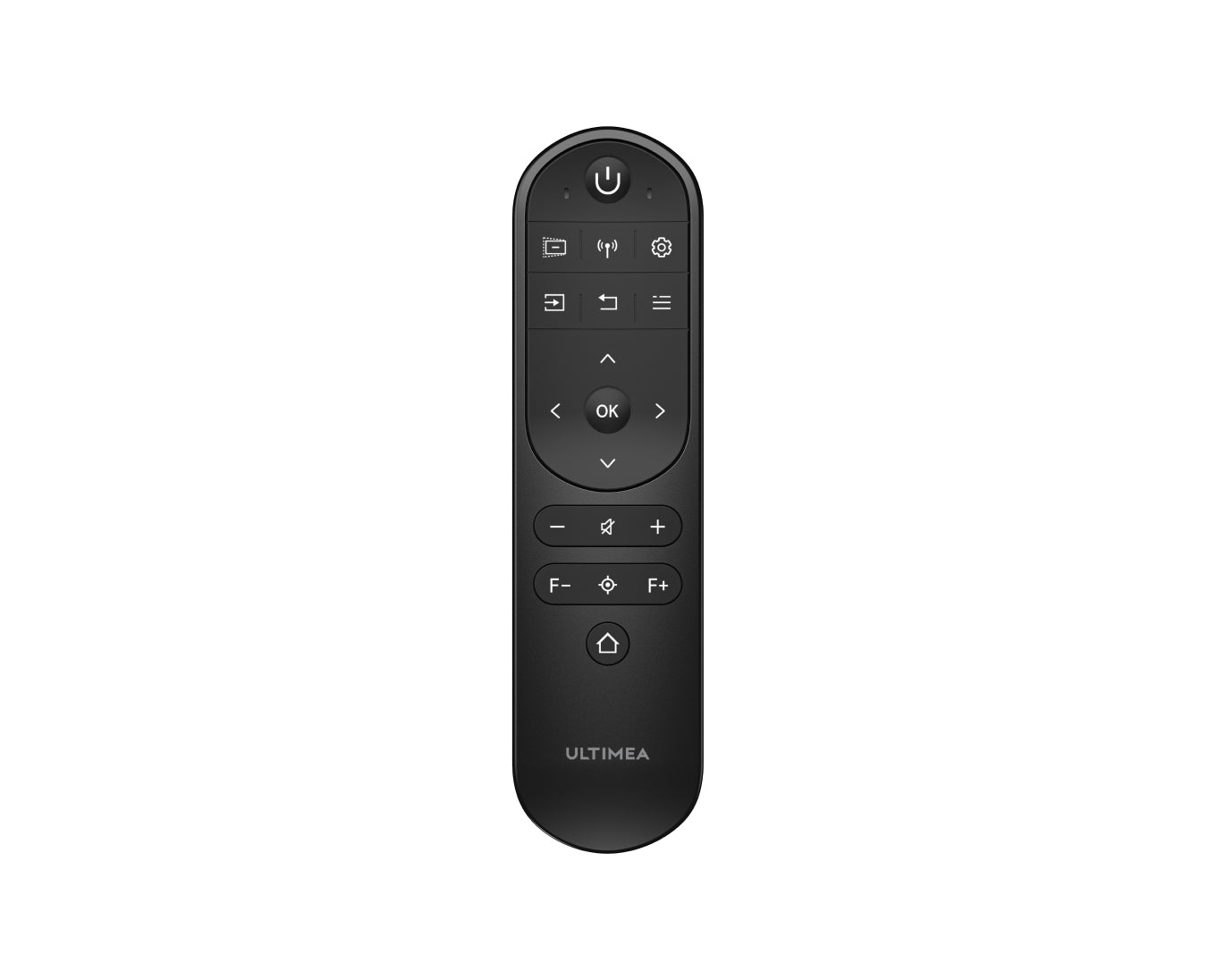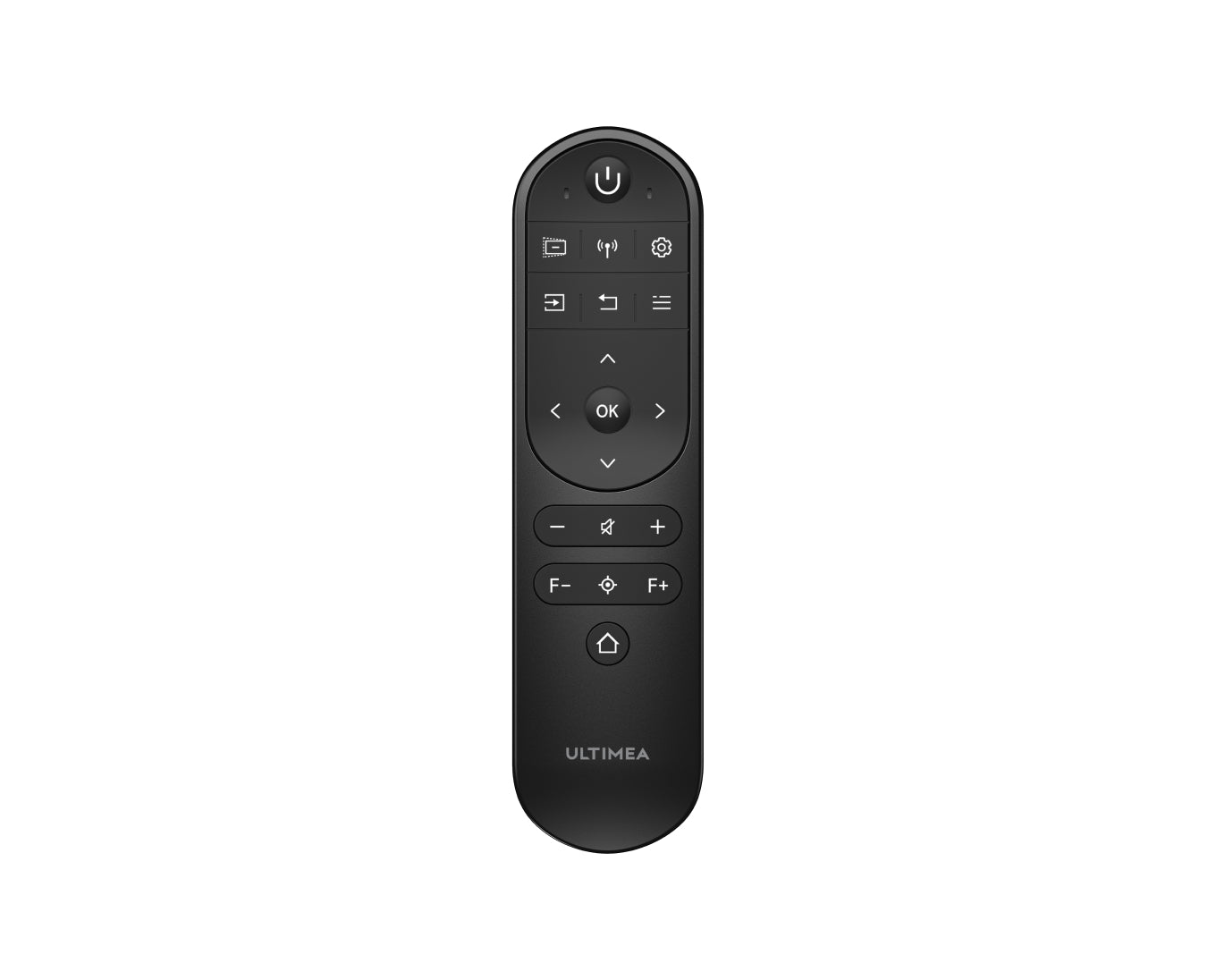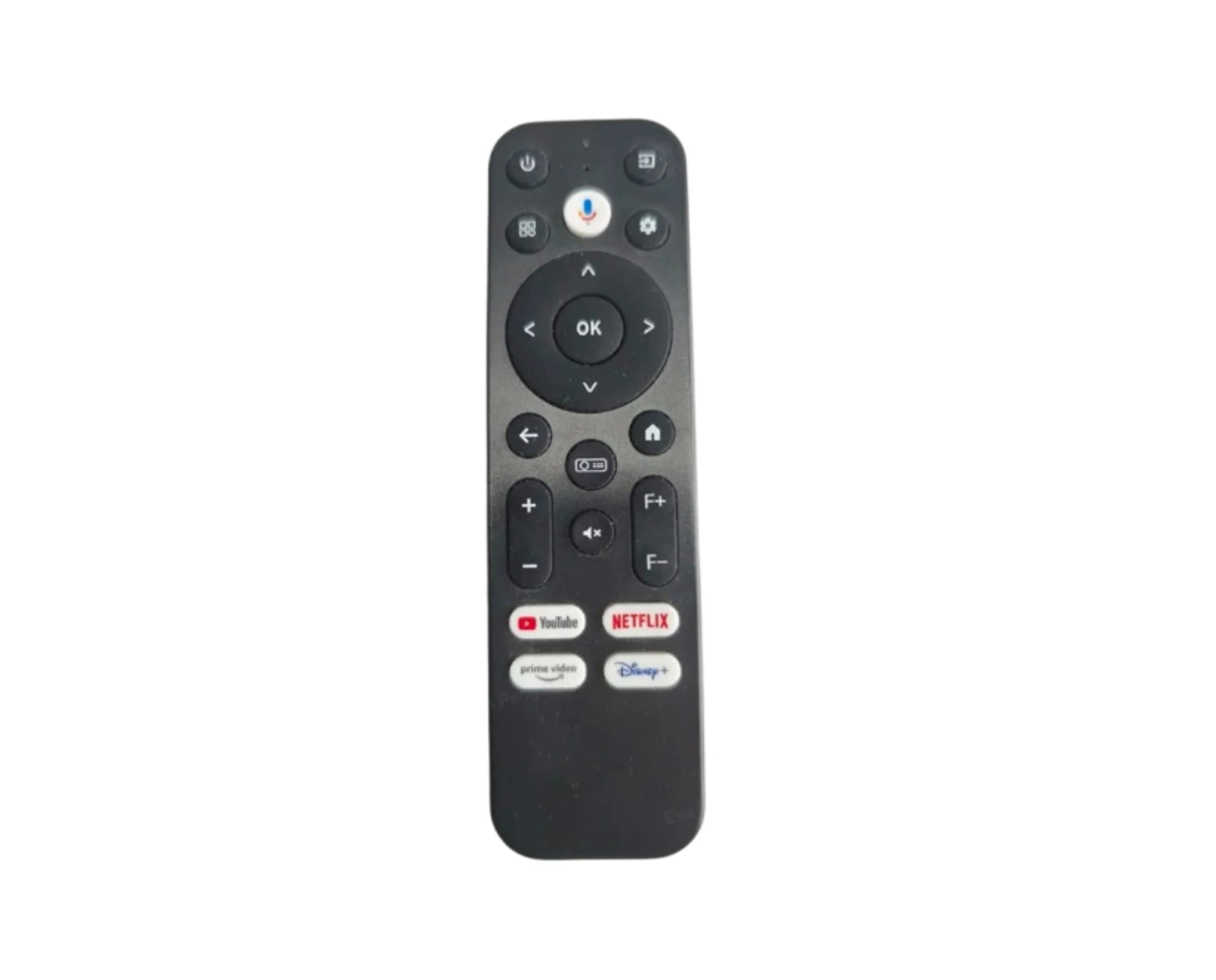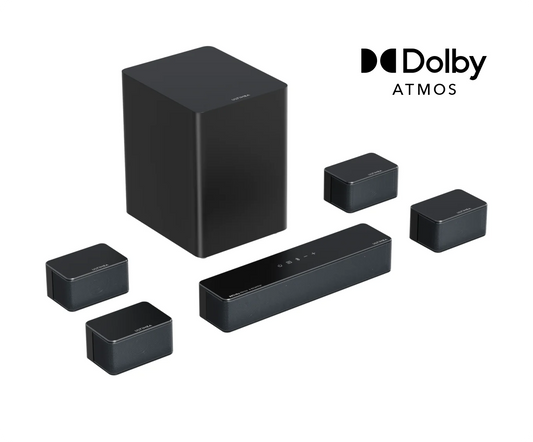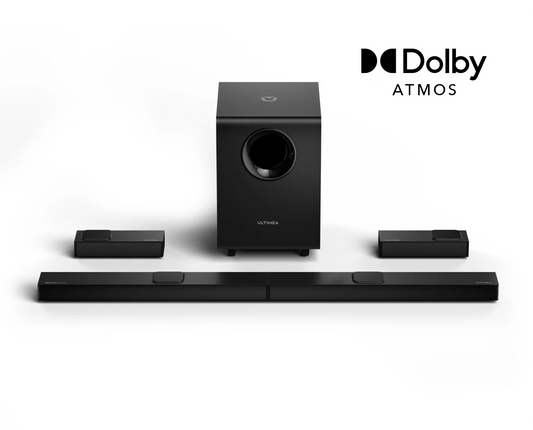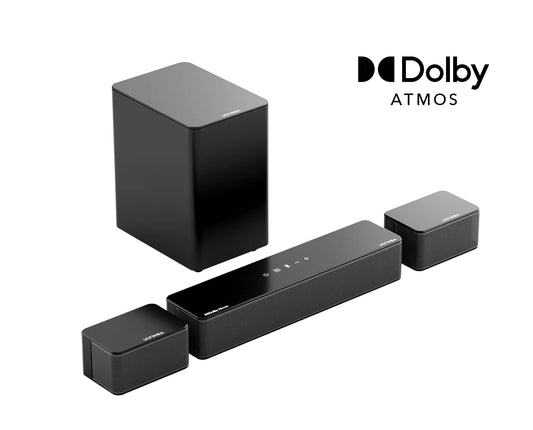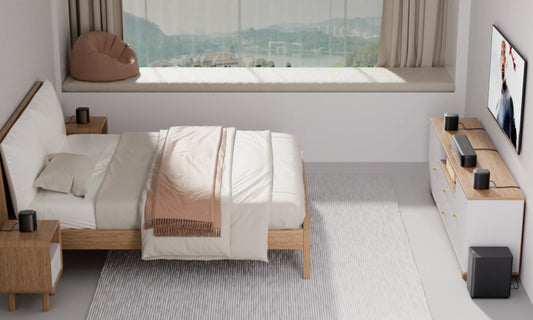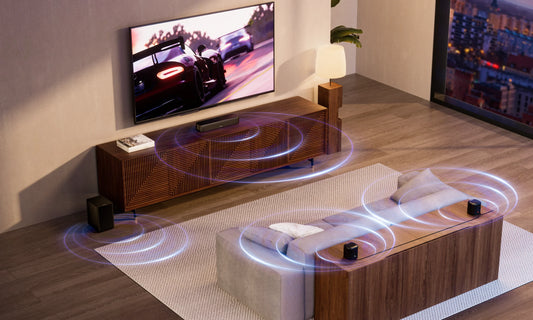Introduction
When setting up a home theater, one of the most important decisions you’ll make is choosing the right sound system. From compact setups like 2.1 channels to more immersive 5.1 or even 7.1 sound systems, each option offers a different level of audio experience. In this guide, we’ll explore the differences between these systems, explain the benefits of Dolby Atmos, and help you decide which is the best choice for your space.
What Do Soundbar Channel Numbers Mean?
To begin with, let’s decode what “2.1,” “5.1,” and “7.1” actually mean.
-
The first number refers to the number of main audio channels (e.g., front left, center, and right speakers).
-
The “.1” represents a subwoofer channel for low-frequency bass effects.
-
In the case of Dolby Atmos systems, a third number is added (e.g., 5.1.2), indicating the number of height or overhead channels for spatial sound effects.
Understanding this will help you determine which type of soundbar setup fits your home best.
2.1 Channel: Basic Stereo with Enhanced Bass

Speaker Setup: Left + Right channels + Subwoofer (the “.1” refers to dedicated bass output)
The 2.1 channel setup is the most basic and space-saving option, ideal for users who want to improve TV audio without going all-in on a surround sound system. It delivers stereo sound for clearer dialogue, while the subwoofer enhances bass to add warmth and depth to movies, music, and games.
This configuration is perfect for those with limited space or budget, and a significant upgrade over built-in TV speakers, which often sound flat or tinny.
🎯 Best for:
-
Watching movies in bedrooms or small apartments
-
Enjoying background music or podcasts while working
-
Enhancing desktop gaming audio for a more immersive experience
5.1 Channel: The Gold Standard for Home Theater

Speaker Setup: Front Left + Center + Front Right + Two Surround Channels + Subwoofer
Stepping up to a 5.1 channel system adds surround sound into the mix. The rear or side speakers create a more immersive experience by letting sound come from behind or beside you—similar to what you’d hear in a movie theater. The dedicated center channel improves voice clarity, making dialogue easier to follow.
This setup strikes a great balance between performance and simplicity, often available in sleek all-in-one soundbar systems with wireless rear speakers.
🎯 Best for:
7.1 Channel: A Next-Level Surround Experience

Speaker Setup: 5.1 system + Two Additional Rear Surround Speakers
The 7.1 channel setup takes things even further, adding two more rear surround channels for heightened directional accuracy. This setup is especially useful for content that demands precise spatial effects, such as the sound of footsteps, bullets, or ambient environmental details behind you.
A 7.1 system is also an ideal foundation for building a Dolby Atmos setup (more on that later), offering a more enveloping soundstage in larger or dedicated spaces.
🎯 Best for:
-
Home theater enthusiasts and cinephiles
-
Households with a large living room or a dedicated media room
-
Gamers who want accurate rear sound positioning for competitive play
Sound System Comparison & Recommendations
| Channel |
Space Requirement |
Installation Complexity |
Surround Experience |
Best For |
| 2.1 |
Small spaces |
★☆☆☆☆ |
☆☆☆☆☆ |
Basic audio upgrade users |
| 5.1 |
Medium spaces |
★★☆☆☆ |
★★★☆☆ |
Mainstream home theater users |
| 7.1 |
Large spaces |
★★★☆☆ |
★★★★☆ |
Large living rooms or immersive experience users |
Final Thoughts
How to choose it? After understanding the basics, we hope you will not only see the difference in channel numbers, but also optimize the combination according to your space layout, viewing habits, usage scenarios and budget.
From 2.1 for light daily use to 5.1 or 7.1 for theater-level immersion, different channel systems have their value.



